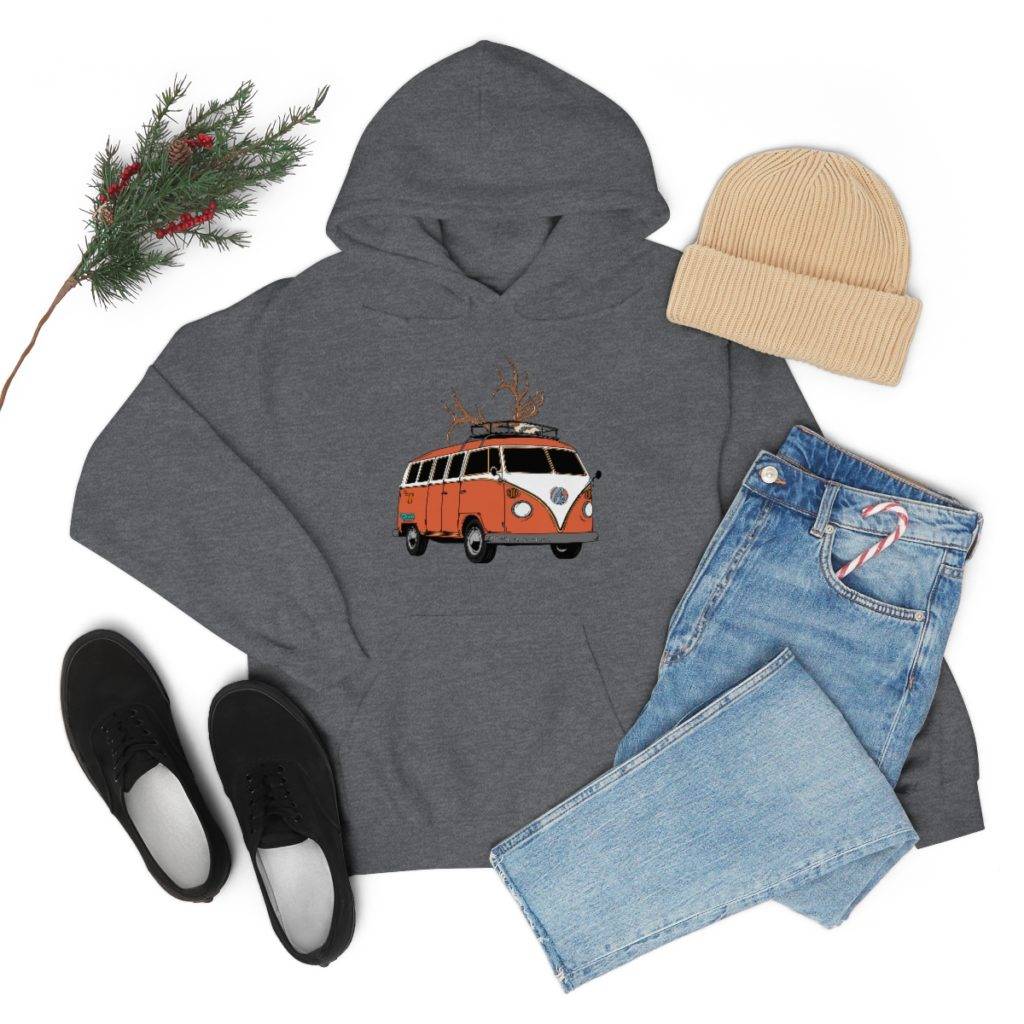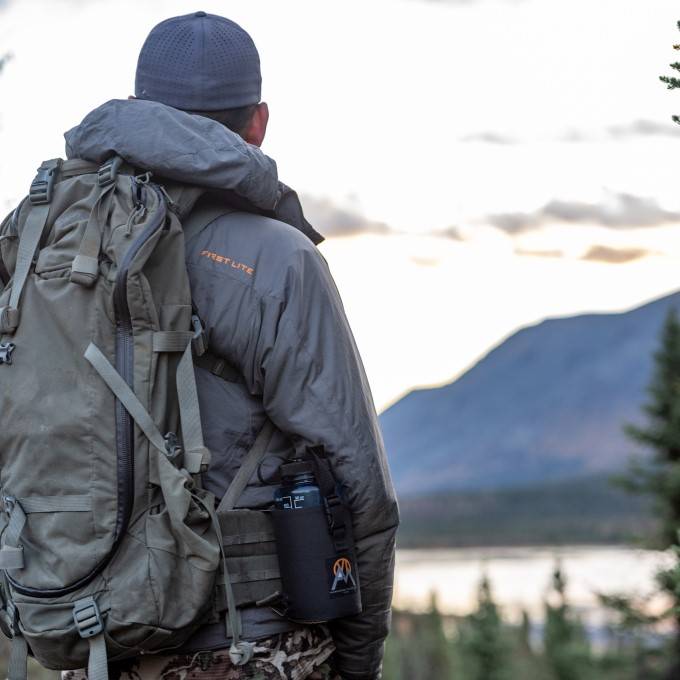Let’s start this blog out with a story. Several years ago, a friend and I were hiking the Appalachian trail. We were only planning to be gone a few days and were hiking approximately 30 miles. The AT crosses roads at several places and at one of these places, there was a middle-aged man parked there. He said hi and asked us if we had seen his uncle on the trail. He gave us some vague details but since we had not passed or been passed by anyone, it was a rather short conversation. One detail did stick out to us, which we talked about further down the trail. He said that his uncle was in his early 70s and hiking nearly to the same extraction point as us. (This will become a bigger part of the story later.)
At the next road crossing, approximately 5 miles from the one before, the same middle-aged man was parked in his van with the side door open and standing next to the hood of the vehicle. Old orange-ish shag carpeting on the inside, as if that isn’t creepy enough. He greeted us to which we replied with a greeting. He asked us again if we had seen his uncle to which we replied no. He said that the uncle passed the last road crossing just minutes after us. We found it odd because we were moving along at a pretty decent clip and the area had some decent elevation changes.
Because we were weirded out by this individual, we really picked up the pace on our next leg. We were as close to jogging as you could get for the next 4 or 5 miles to which we crested the hill at the next road crossing and found the same van. We were seriously starting to get the creeps. We took pictures of the van and tried to get a picture of him without him noticing. Without making him seem like we were concerned by him and without stopping we greeted him and he asked if we saw his uncle. We replied no and kept on our way. How in shape was his 70 yr old uncle?
The next road crossing was where we were planning to end our journey. It was approaching night so we decided to camp between the crossings. After lighting a fire, a young solo hiker showed up in camp and asked if we would mind him camping with us because he had gotten the creeps by our road crossing friend in the van. We agreed and hiked to our extract point the next morning. While coming over the last mountain to our extract point, we saw the stalker van down below. Chills shot up our backs. We dropped down to the shop and parking lot below and waited for our pick-up person. We eventually left with our pick-up person without issue.
About a month later, my hiking partner sent me an article. This article talked about people who had gone missing on the AT and how they had caught an individual associated with the disappearances. They mentioned the very same van that we had pictures of and described the very same individual that we had seen driving that van.
While hiking allows us to enjoy the beauty of nature and experience serenity, it’s important to be aware of potential risks, including encounters with human predators. While such incidents are relatively rare, it’s crucial to take precautions and be prepared to ensure personal safety on the trail. In this blog, we’ll discuss practical tips and strategies to help you stay safe from human predators while hiking, allowing you to enjoy your outdoor adventures with confidence.
1. Research and choose safe trails: Selecting well-known and popular hiking trails can significantly reduce the risk of encountering human predators. Research local parks, trails, and hiking communities to find popular routes with a higher volume of hikers. These areas often have increased security measures and a greater sense of community, promoting safety.
2. Hike in groups or with a companion: Let’s face it, the path less traveled is, many times, the most beautiful. Because of this, we want to see and enjoy the path less traveled. To help keep you safe, we can mitigate human predator conflicts by hiking in groups or with a partner. Hiking in a group or with a trusted companion is one of the best ways to enhance safety on the trail. The presence of others acts as a deterrent to potential predators. If possible, join hiking clubs or groups where you can meet fellow enthusiasts to hike together. If you must hike alone, inform someone about your plans, including your intended route and estimated return time.
3. Trust your instincts: Your intuition is a powerful tool in recognizing potential dangers. If something feels off or you sense danger, trust your instincts and take appropriate action. Be observant of your surroundings, including other hikers or suspicious individuals, and maintain a heightened level of awareness. If you see something that seems sketchy, keeping some sort of notes or taking pictures could help authorities or other individuals in the event that something does happen. You can keep notes in your phone if you aren’t carrying a note pad and they should include: Identifying marks of a sketchy individual, race, sex, scars, tattoos, clothing, height, etc. If an individual does see that you are taking videos or pictures, sometimes it acts as a deterrent.
4. Stay visible and vocal: Make yourself visible to others on the trail by wearing brightly colored clothing. This will not only help you stand out but also make it easier for search and rescue teams to spot you if needed. Additionally, avoid using headphones or playing music at high volumes, as it can hinder your ability to hear approaching individuals or potential warning signs.
5. Be mindful of your personal belongings: Keep your personal belongings secure and out of sight. Avoid openly displaying expensive equipment, cameras, or valuables that might attract unwanted attention. It’s also a good idea to keep essential identification, emergency contacts, and some cash on your person.
6. Trustworthy hiking partners: When hiking with someone you don’t know well, exercise caution and consider meeting in a public place before the hike. Take time to establish a level of trust and ensure you’re comfortable with your hiking partner. Share emergency contacts and discuss expectations, ensuring that both parties are on the same page regarding safety precautions.
7. Familiarize yourself with self-defense techniques: While the chances of encountering a dangerous situation are low, it’s beneficial to learn basic self-defense techniques. Enroll in self-defense classes or workshops to gain the knowledge and skills necessary to protect yourself in case of an emergency. Understanding how to create distance, escape from holds, or attract attention can prove invaluable.
8. Carry a personal safety device: Consider carrying a personal safety device, such as a whistle, pepper spray, a firearm, or a personal alarm. These items can startle potential predators, attract attention, or provide a means to defend yourself if necessary. Familiarize yourself with the local regulations regarding these devices and learn how to use them effectively and responsibly. It is very important that you should practice using whichever item you plan on bringing and become very efficient with their use. Keep these items in places on your person that you can readily use them. For firearm carry, consider using a durable, functional and versatile holster from materials such as kydex. Companies like Northwest Retention, Razco and other companies produce great, high quality holster configurations for you to check out.
While hiking is generally a safe activity, it’s essential to be prepared and aware of potential risks, including encounters with human predators. By choosing safe trails, hiking in groups or with a companion, trusting your instincts, and taking sensible precautions, you can minimize the likelihood of dangerous situations. Remember, maintaining awareness, trusting your judgment, and prioritizing personal safety are key to enjoying your hiking adventures to the fullest. Stay safe and hike with confidence!






0 Comments